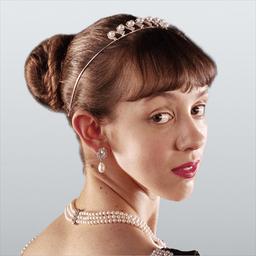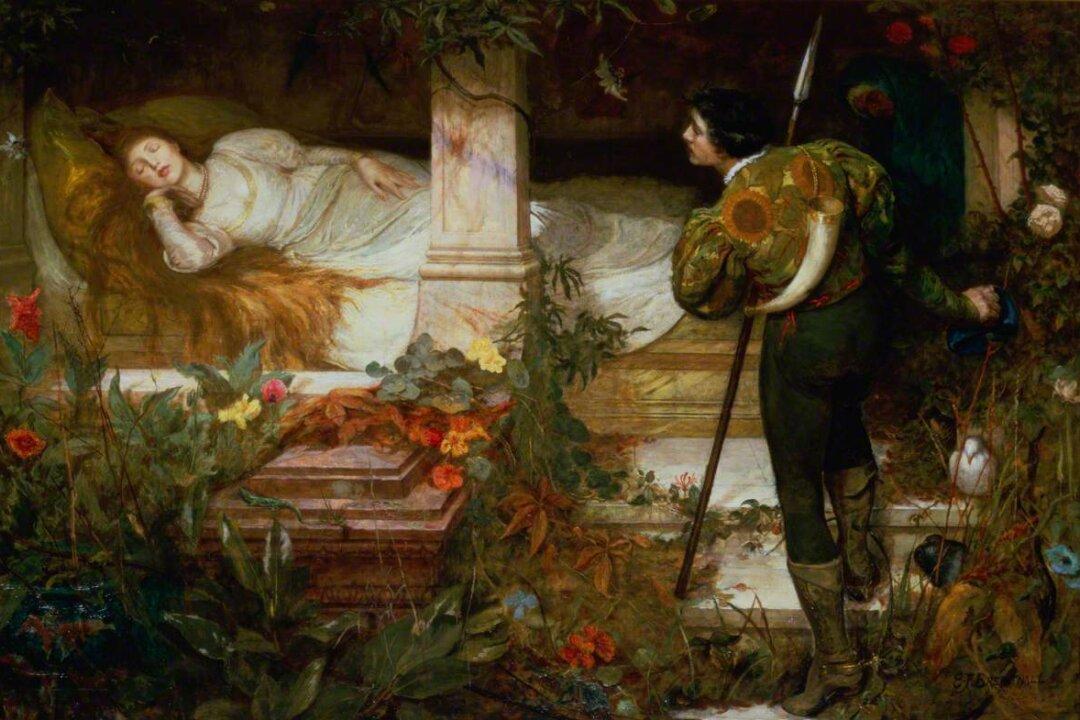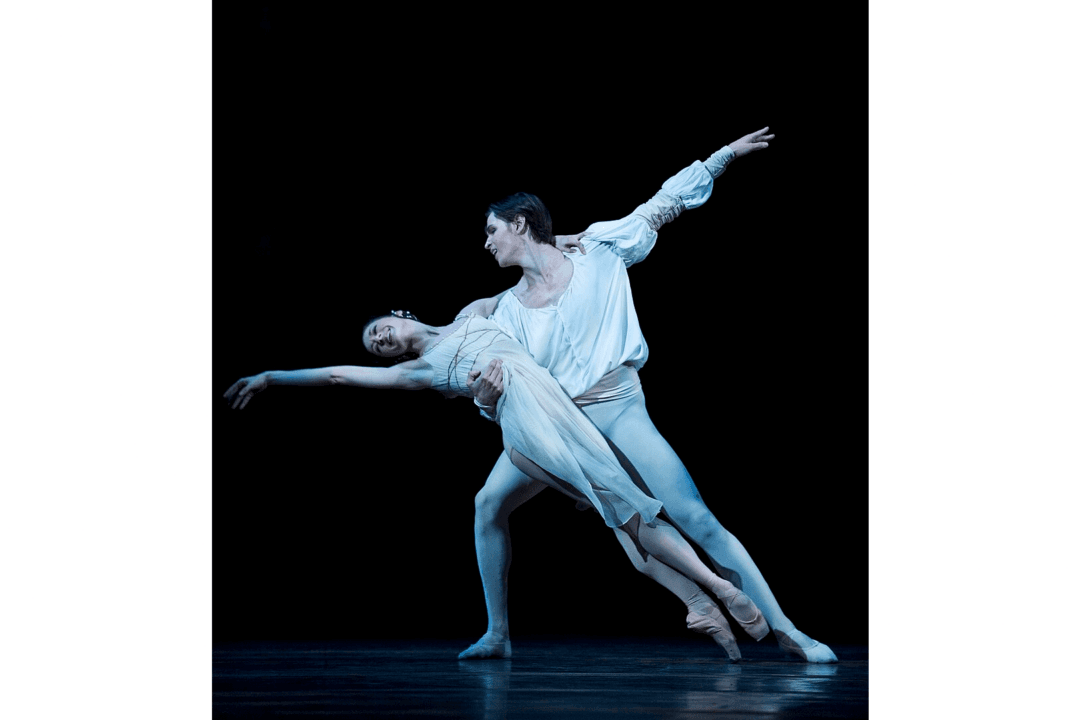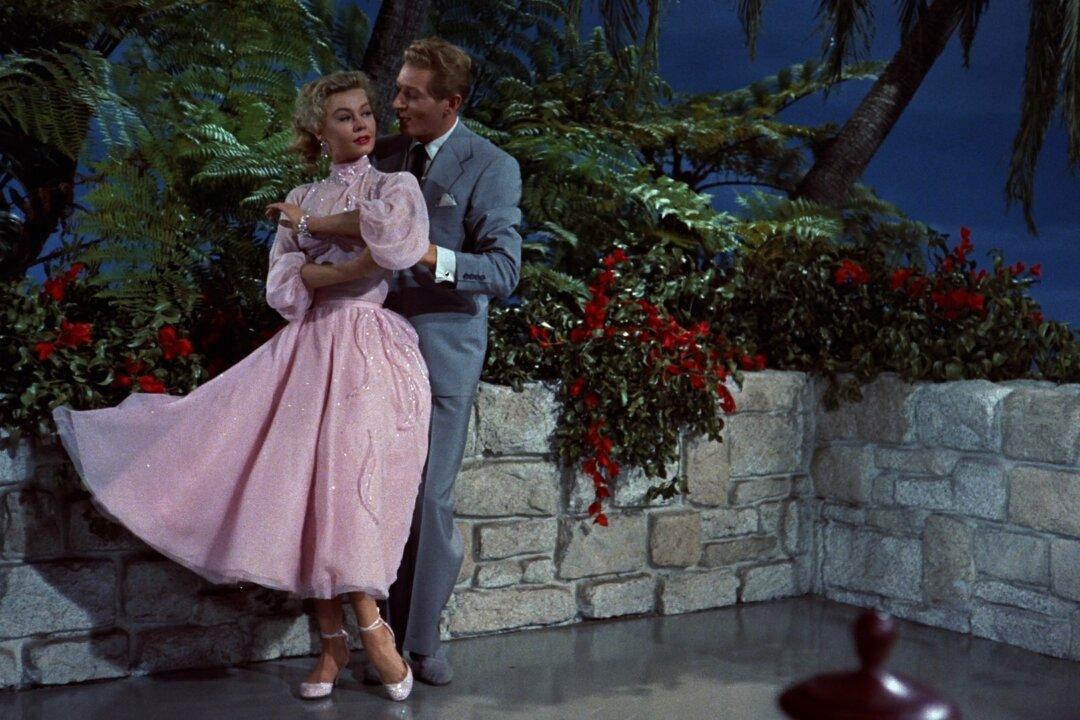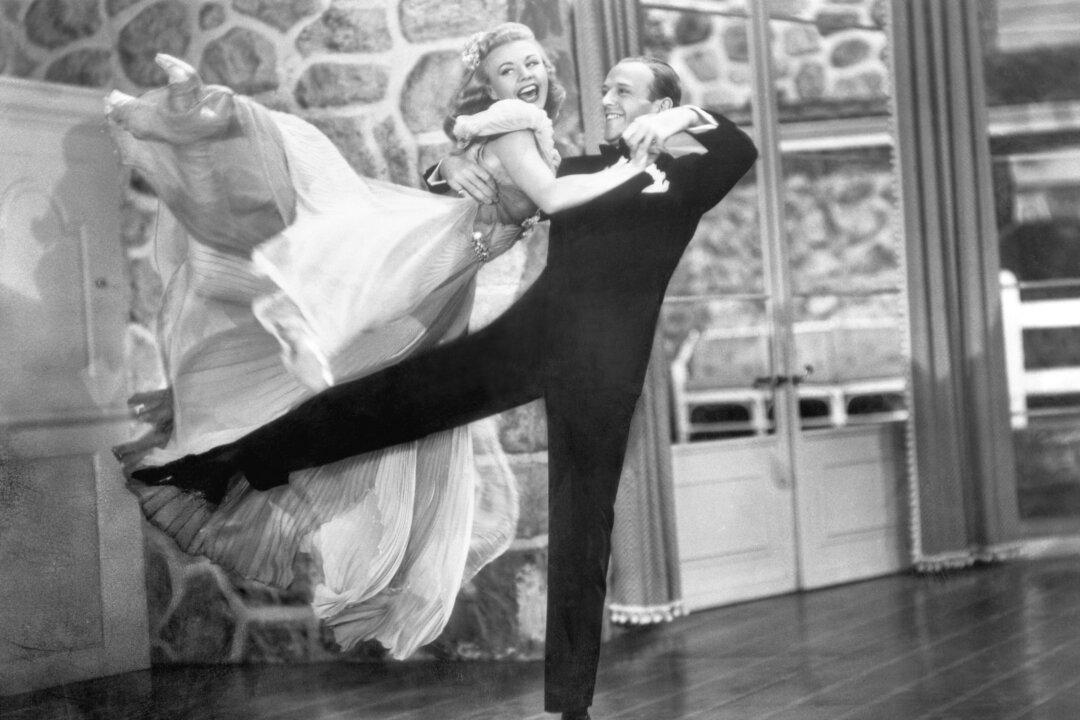When someone mentions the infamous criminal duo Bonnie Parker and Clyde Barrow, many people think of the 1967 film “Bonnie and Clyde.” Others may think of the Broadway musical by composer Frank Wildhorn which, although unsuccessful in its Broadway premiere, recently became a hit in London.
However, neither of these dramatized tales, glamorizing the pair’s few years on the run as a daring, thrilling adventure, truly captures the spirit of their story. It’s these works and largely fictionalized biographies like them which have created a warped public view of a wild, passionate pair, riding through the country, stealing and killing where they please, and who “laughed about it all the way home,” to quote the Georgie Fame song about them. However, if you delve into their true story, you will find that it’s something entirely different: a terribly tragic tale about two young people in love on a desperate road leading to a dead end.
The Story
Joan Graham (Sylvia Sidney) is the secretary of benevolent public defender Stephen Whitney (Barton Maclane). She plans to marry Eddie Taylor (Henry Fonda), a young man being released from state prison after his third sentence. Despite Whitney’s own misgivings and those of Joan’s sister, Bonnie (Jean Dixon), about their union, the public defender secures Eddie’s early release and finds him a job with a trucking company. Upon his release, the warden reminds Eddie that one more conviction will land him a life sentence. He is encouraged to try and turn his life around by kindly priest Father Dolan (William Gargan). Joan and Eddie marry, but their happiness doesn’t last long undisturbed, as they are kicked out of their honeymoon hotel on the first night, after the landlord discovers Eddie is an ex-con.Not long after, Eddie is fired from his job the very day he makes a down payment on a house for himself and Joan. With the balance due and Joan already moved into the new house, Eddie seems ready to return to his old gang. He makes one last attempt to plead for his job back, or at least a recommendation from his boss, but the man refuses to help him.

No Highway Signs to Guide
While one of the main plot points of the film, which lands Eddie on death row with the death penalty awaiting him, is unlike anything that happened to Clyde Barrow, the rest of the plot is undeniably like Bonnie and Clyde’s lives. Eddie’s attempt at reform, only to be stopped by his criminal record at every turn, is a true facet of Barrow’s story which people often forget. Although the real-life couple never married, this was most likely due to Bonnie’s previous marriage to Roy Thornton. While they were separated during her time with Clyde, she never officially divorced him.What this film captures is the tragic nature of Bonnie and Clyde’s story. Rather than focusing the entire time on a pair on the run, as most retellings do, the first hour of this 85-minute film is devoted to the story of a young man with society set against him and an ill-fated romance between two youngsters who fall in love just like anyone else. Only in the final 25 minutes do they become a pair on the run. It’s striking to see how Joan goes from a refined, upstanding young lady to an outlaw breaking store windows in a mere matter of minutes.
As their infamy and the price on their heads grow, crimes begin to be falsely attributed to them, and Whitney grimly tells Bonnie, “They’re being blamed for every crime in the country.” One of the most striking moments of the final segment comes when a man in a post office is shown saying, “From all they’ve stole, they must be millionaires by now!” His companion replies, “Probably hiding in a swell place, having a good time!” The camera then cuts to them driving in a blizzard, with snow blowing through a broken window on their car, pale, worn, and dirty. This moment, better than any more mainstream adaptation, is a much more accurate picture of Bonnie and Clyde. This is that supposedly glamorous, gun-toting duo of reckless robbers: just a boy and a girl, little more than children, trying to survive with misfortune at every turn.

They’ll Go Down Together
Early in the film, on Eddie and Joan’s wedding night, they are taking a walk around the lily pond in the courtyard of the inn where they’re staying. They hear the frogs croaking, and Eddie tells Joan that, as a boy, he would be sickened by other children ripping frogs’ legs off and frying them. He says he got his first rap protecting a frog’s life. He beat up a boy for hurting a frog, and the boy’s mother sent him to reform school. In a moment of meaningful foreshadowing, he says, “You know something about frogs? If one dies, the other dies.” “That’s funny. Why?” she asks. “I don’t know,” he replies, “except they just can’t live without each other.” “Like Romeo and Juliet,” she says. The camera shows a beautiful shot of their reflections, upside-down in the rippling water as she adds, “I guess maybe they see something in each other that no one else can see.”“Some day they’ll go down together
they’ll bury them side-by-side.
To few it’ll be grief;
to the law a relief,
but it’s death for Bonnie and Clyde.”

